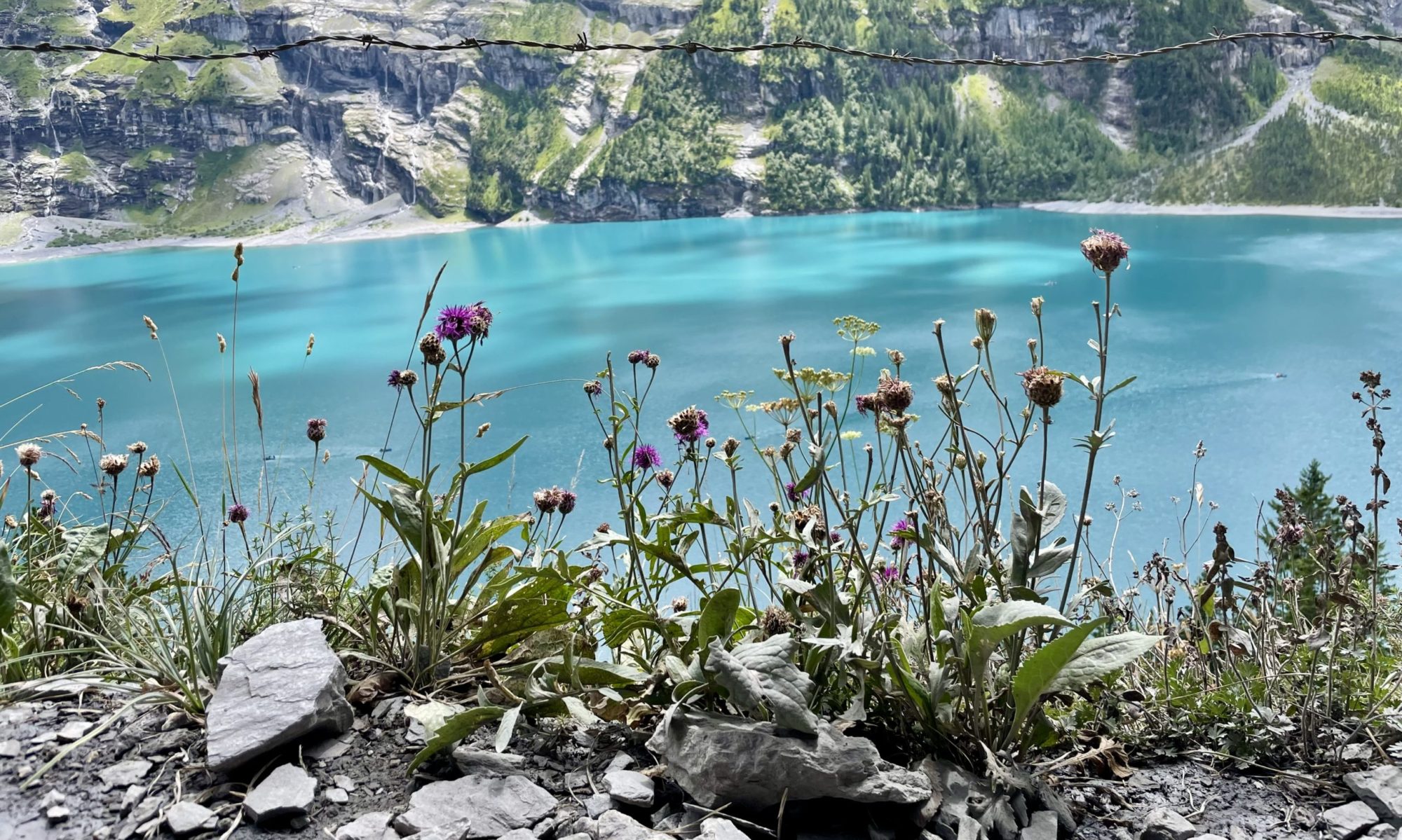
The Young International Society of Diatom Research is a daughter society of the International Society for Diatom Research. It aims at connecting researchers focusing on Diatoms at the beginning of their career to create networks, exchange skills, organise meetings etc.
Young ISDR showed tremendous enthusiasm in this project since the very first time they were contacted. I would like to introduce some of them and the exciting contribution they add to the understanding of the hidden world of diatoms.
Andrea Burfeid Castellanos is a former PhD student at the University of Barcelona. She has been working with diatom communities of the Ebro river basin and other Mediterranean rivers. She focused on characterising these rivers, their water quality and status using not only diatom taxonomy, but diatom trait groups and community morphology as well. This image was taken in the size distribution appraisal of diatoms of the Ebro river basin in Miranda del Ebro.

It has been brought to my attention that in The hidden world of diatoms book page 52, the caption of this figure wrongly identifies this E. caespitosum as being Diploneis finnica. I apologise for this mistake and will be sure to rectify it in the next edition of the book.
Mira Tammelin studied diatoms preserved in the bottom sediments of 70 Finnish lakes in her PhD research at University of Turku. She identified diatoms found in natural and human-impacted conditions to find out how much natural nutrient concentrations of lakes vary in Finland, what are the geological reasons behind this variation and if human impact has affected naturally nutrient-rich and nutrient-poor lakes differently. The microscope photos show diatom species from the topmost (human-impacted) sediments of five lakes in central-eastern Finland.


María Luján García is a PhD student at the University of Buenos Aires (Argentina) and her research focuses on fresh water diatom taxonomy, ecology and biogeography in southern Santa Cruz province, in argentinean Patagonia. The aim of her research is to complete a training set that will allow her to develop transfer functions that can be applied to quantitative palaeoenvironmental reconstructions. These images were taken while analysing surface sediment samples from the studied shallow-lakes, Gomphonema acuminatum and Gyrosigma acuminatum were part of the dominant assemblages as well as the small Staurosira magallanesica that was her first described species and a starting point of her taxonomic work.

Meghan Duffy was an undergraduate student at Colgate University, New York, where she worked with Professor Amy Leventer to reconstruct past climate conditions in Antarctica using diatom fossils from seafloor sediments. Because diatoms are specialised to specific environments, identifying diatoms in the fossil record clues scientists like Duffy to the environmental conditions existing when the diatoms were alive. The images shared here are of various indicator species from around the Antarctic margin, the result of multiple studies aiming to understand climate change in Antarctica. Duffy is currently a MS candidate at Louisiana State University.


Anrich Kock is currently a 2nd year PhD student at the North West University in South Africa. His work focus on diatoms distribution and their role in the energy and toxicant flow within the lower Phongola River floodplain. Specifically, the study aims at compiling a diatom species list over a lateral hydrological plane as well as from historical samples through core soil samples. Furthermore, it aims at determining the role that diatoms play in the energy flow as well as toxicant flow, with particular focus on the pesticide Dichlorodiphenyltrichloroethane, commonly known as DDT. The images was taken from samples collected within this floodplain area at a 100x magnification.

